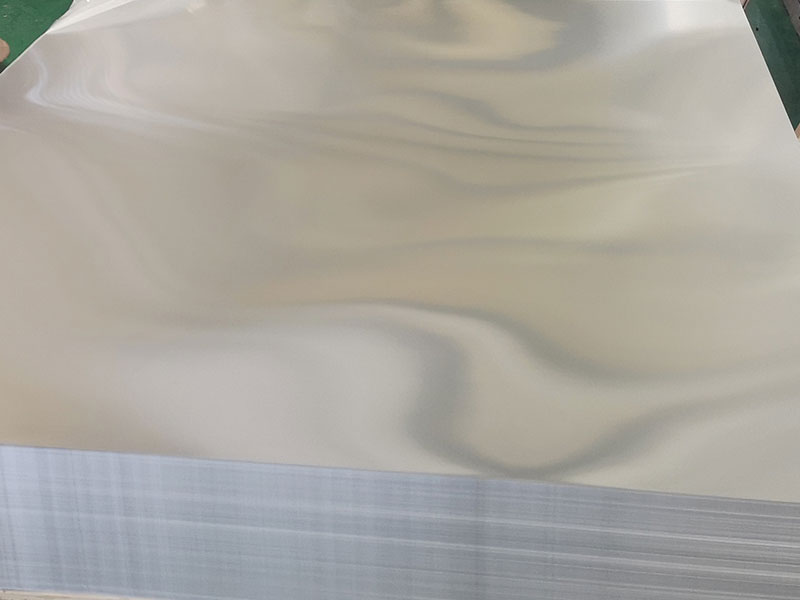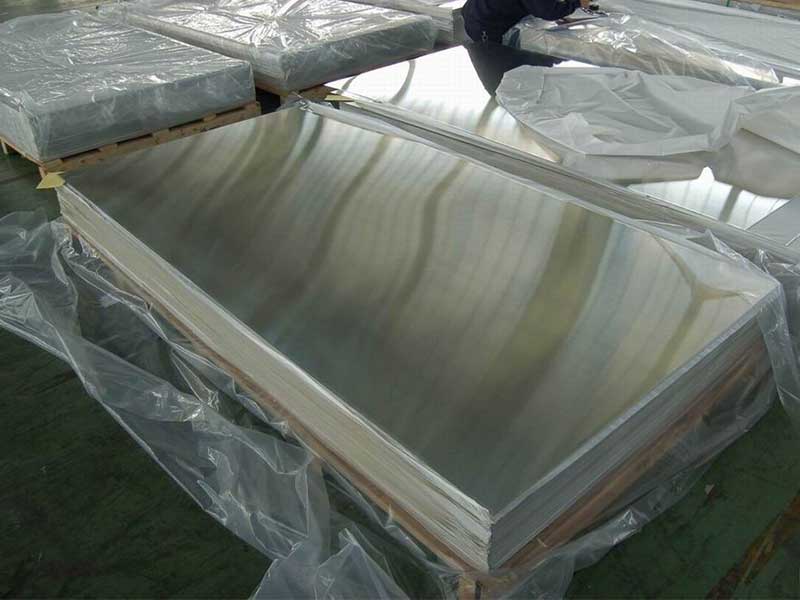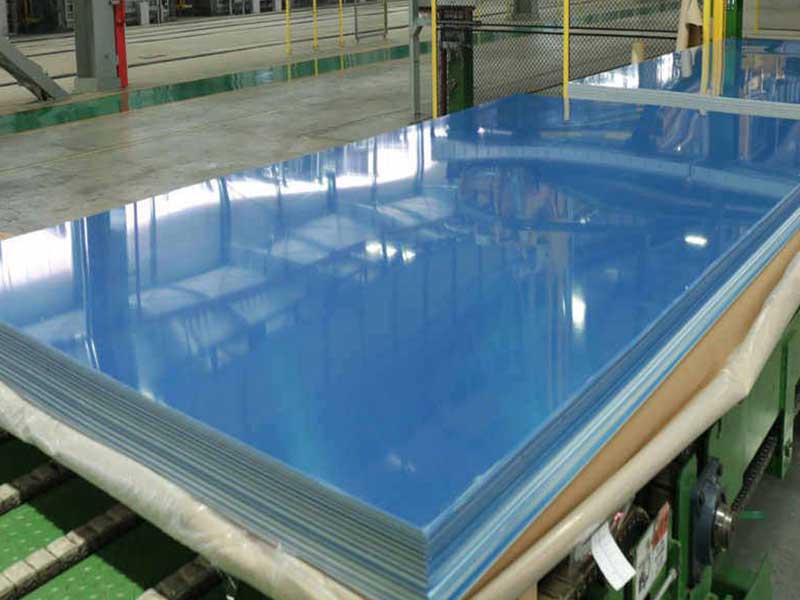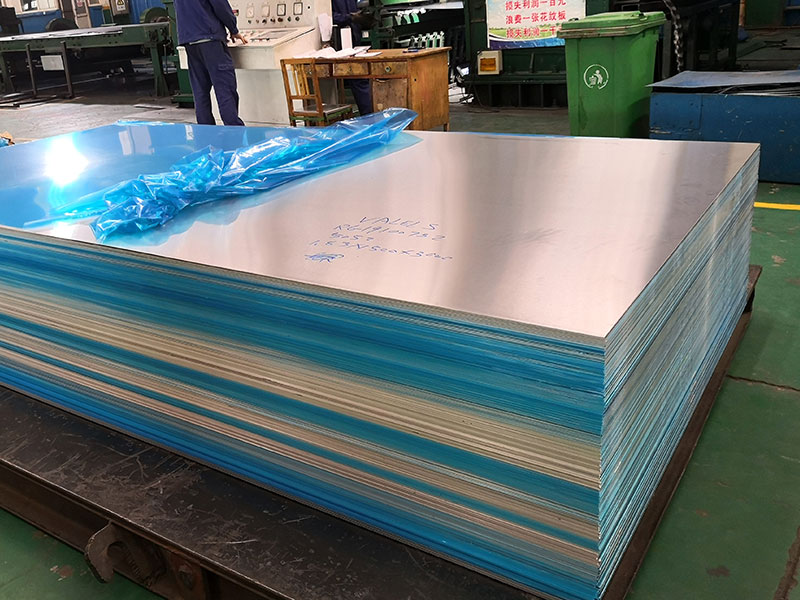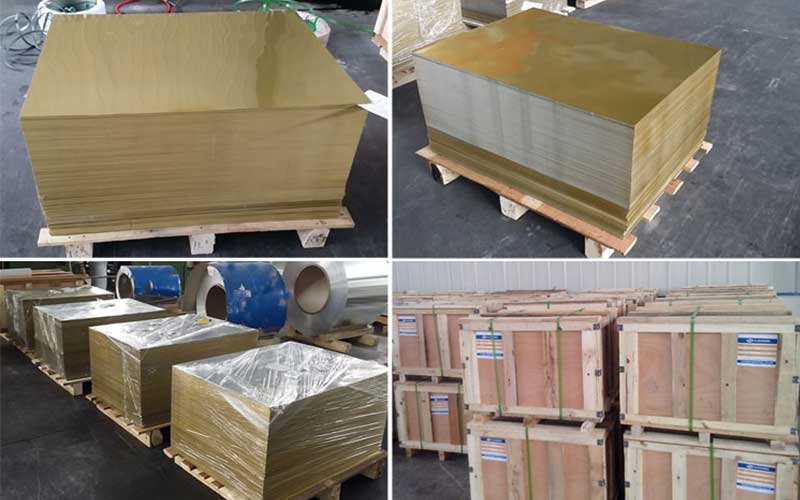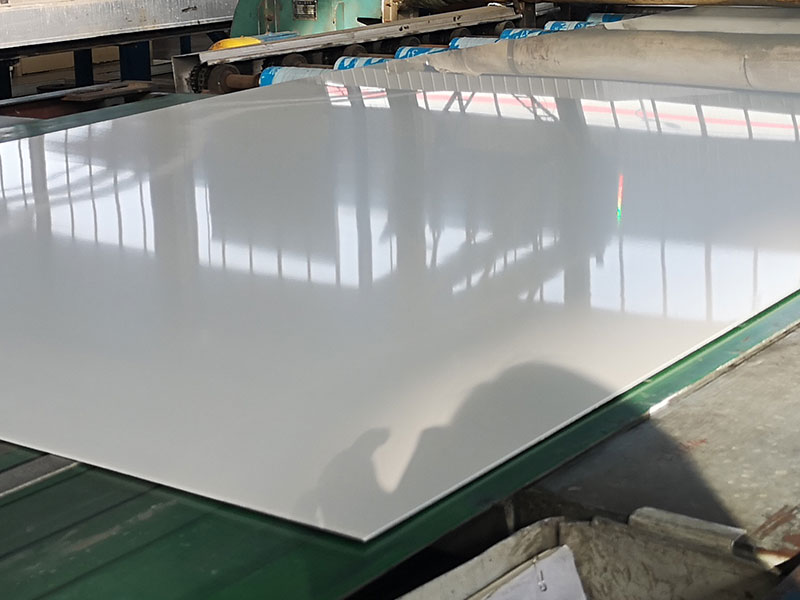Aluminum sheets plates
Aluminum sheets and plates are fundamental materials widely used across various industries due to their exceptional strength-to-weight ratio, corrosion resistance, excellent thermal and electrical conductivity, and flexible fabrication capabilities.
What Are Aluminum Sheets and Plates?
Aluminum sheets and plates are flat-rolled products with varying thickness and widths, primarily distinguished by their thickness:
Working with aluminum sheets and plates daily reveals a fascinating interplay between material properties and processing demands. While seemingly straightforward, the subtle variations in alloy composition – even within the same nominal grade – significantly impact workability. For instance, 6061 alloy, a common choice, can exhibit different forming characteristics depending on its temper (e.g., T6 vs. O). A poorly understood temper can lead to cracking during bending or stamping, necessitating careful attention to material specifications and pre-processing checks like tensile testing. Furthermore, surface quality is paramount; minor imperfections like scratches or mill scale can propagate during subsequent operations, leading to costly rejects. Our experience shows that consistent, proactive quality control at every stage, from raw material inspection to final finishing, is vital for maintaining high yields and minimizing waste.
Beyond the material itself, the tooling and process parameters are equally critical. The optimal press force, die design, and lubricant selection vary considerably depending on the sheet thickness, alloy, and desired final product geometry. We've found that employing finite element analysis (FEA) simulations before large-scale production runs significantly reduces the risk of tooling failures and helps us fine-tune our processes for optimal efficiency. A detailed of the material's strain hardening behavior is essential for predicting springback and ensuring dimensional accuracy. Learning to interpret the telltale signs of material fatigue – subtle changes in surface texture or subtle variations in acoustic emission during processing – has proven invaluable in
| Product Type | Thickness Range | Typical Uses |
|---|---|---|
| Aluminum Sheets | 0.2 mm – 6 mm | Automotive panels, packaging, roofing, appliances |
| Aluminum Plates | > 6 mm up to 250 mm+ | Aerospace structural components, marine, heavy-duty applications |
Sheets are generally lighter and thinner, used where easy shaping and finishing are required. Plates are thicker, designed to provide enhanced structural strength and durability.
Features of Aluminum Sheets and Plates
1. Lightweight with High Strength
Aluminum’s low density (~2.7 g/cm³) allows it to deliver mechanical strength with less weight compared to steel, improving efficiency especially in transport and aerospace applications.
2. Excellent Corrosion Resistance
A naturally forming oxide layer makes aluminum resistant to atmospheric corrosion, saltwater, and many chemicals, often eliminating the need for additional coatings or treatments.
3. High Thermal and Electrical Conductivity
Aluminum sheets and plates maintain excellent conductivity traits, suited for heat exchangers, coolers, and electrical enclosures.
4. Formability and Machinability
Aluminum alloy sheets have good ductility, allowing them to be formed into sheets, rolled, pressed, or welded without cracking, supporting diverse manufacturing processes.
5. Recyclability and Sustainability
Nearly 100% recyclable without degradation of properties, aluminum sheets and plates contribute significantly to environmentally conscious design strategies.
Chemical Composition of Common Aluminum Alloys
Aluminum sheets and plates are typically manufactured in numerous alloys optimized for strength, corrosion resistance, or other specific properties. Below are two commonly used alloys:
| Element | 3003 Alloy (% by weight) | 6061 Alloy (% by weight) |
|---|---|---|
| Aluminum (Al) | Balance (Approx. 96.5%) | Balance (Approx. 97.9%) |
| Manganese (Mn) | 1.2-1.8 | - |
| Magnesium (Mg) | 0.1 | 0.8-1.2 |
| Silicon (Si) | 0.6 | 0.4-0.8 |
| Copper (Cu) | 0.05 | 0.15-0.4 |
| Iron (Fe) | 0.7 | 0.7 |
| Zinc (Zn) | 0.1 | 0.25 |
- 3003 Alloy: Excellent corrosion resistance and moderate strength, ideal for roofing, siding, and decorative applications.
- 6061 Alloy: High strength coupled with good weldability and corrosion resistance, often used in aerospace, marine, and transportation.
Physical and Mechanical Properties of Aluminum Sheets and Plates
| Property | Unit | Typical Value (6061-T6) |
|---|---|---|
| Density | g/cm³ | 2.70 |
| Tensile Strength | MPa | 310–350 |
| Yield Strength | MPa | 275 |
| Elongation at Break | % | 10-12 |
| Thermal Conductivity | W/m·K | 167 |
| Electrical Conductivity | % IACS | 40-45 |
| Modulus of Elasticity (E) | GPa | 69 |
Typical Applications of Aluminum Sheets and Plates
Automotive Industry
Being lightweight yet strong, aluminum sheets and plates enable manufacturers to reduce vehicle weight, improving fuel efficiency and performance. Applications include:
- Body panels and doors
- Engine components
- Heat shields
- Chassis parts
Aerospace Industry
Aluminum plates are honored for their strength and fatigue resistance in aerospace frames, wings, and fuselage components.
Construction
In buildings, aluminum sheets deliver excellent weather resistance, easy maintenance, and roofing/cladding solutions.
Marine Industry
Corrosion-resistant aluminum plates extend the service life of boats, ships, and offshore platforms exposed to saline environments.
Electrical Industry
Aluminum sheets are used in transformers, busbars, and electrical enclosures, frequently replacing copper due to cost-effectiveness and thermal efficiency.
Packaging
Aluminum sheets in very thin gauges are indispensable in the production of beverage cans, foil, and flexible packaging film.


